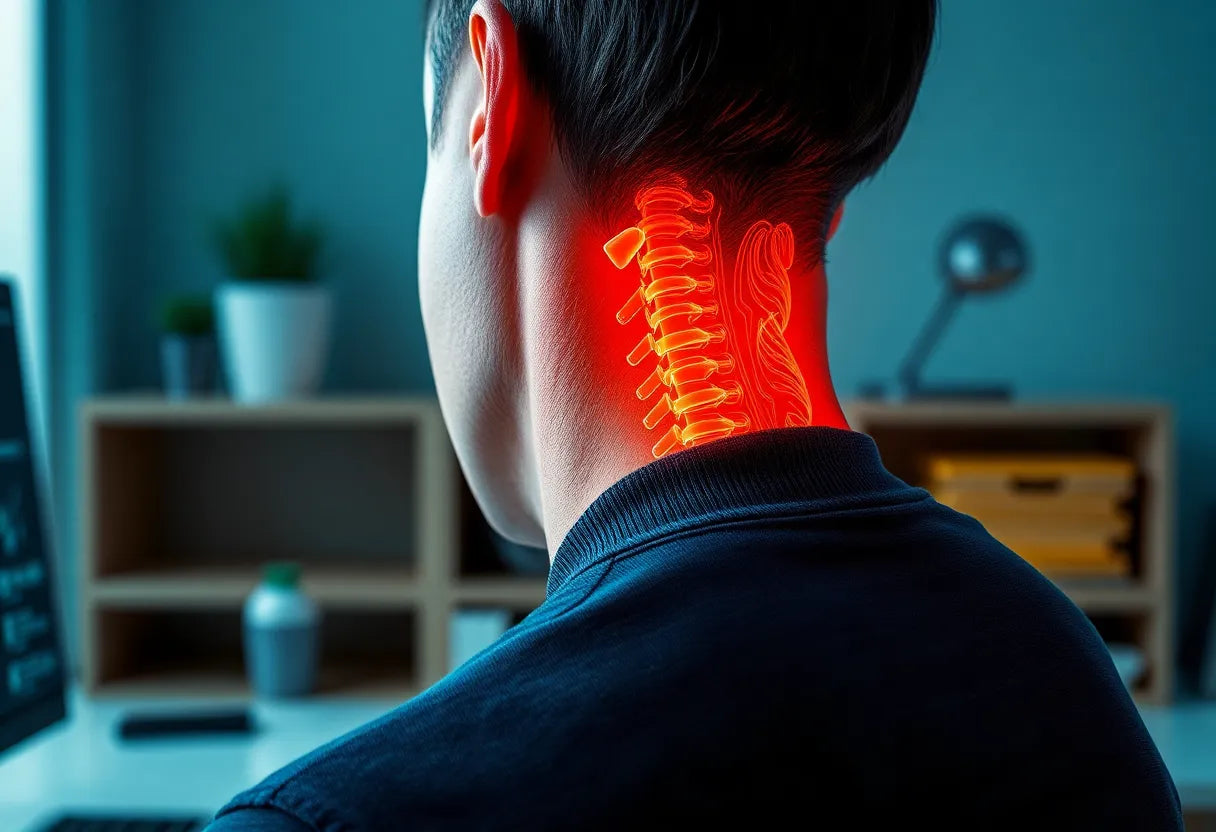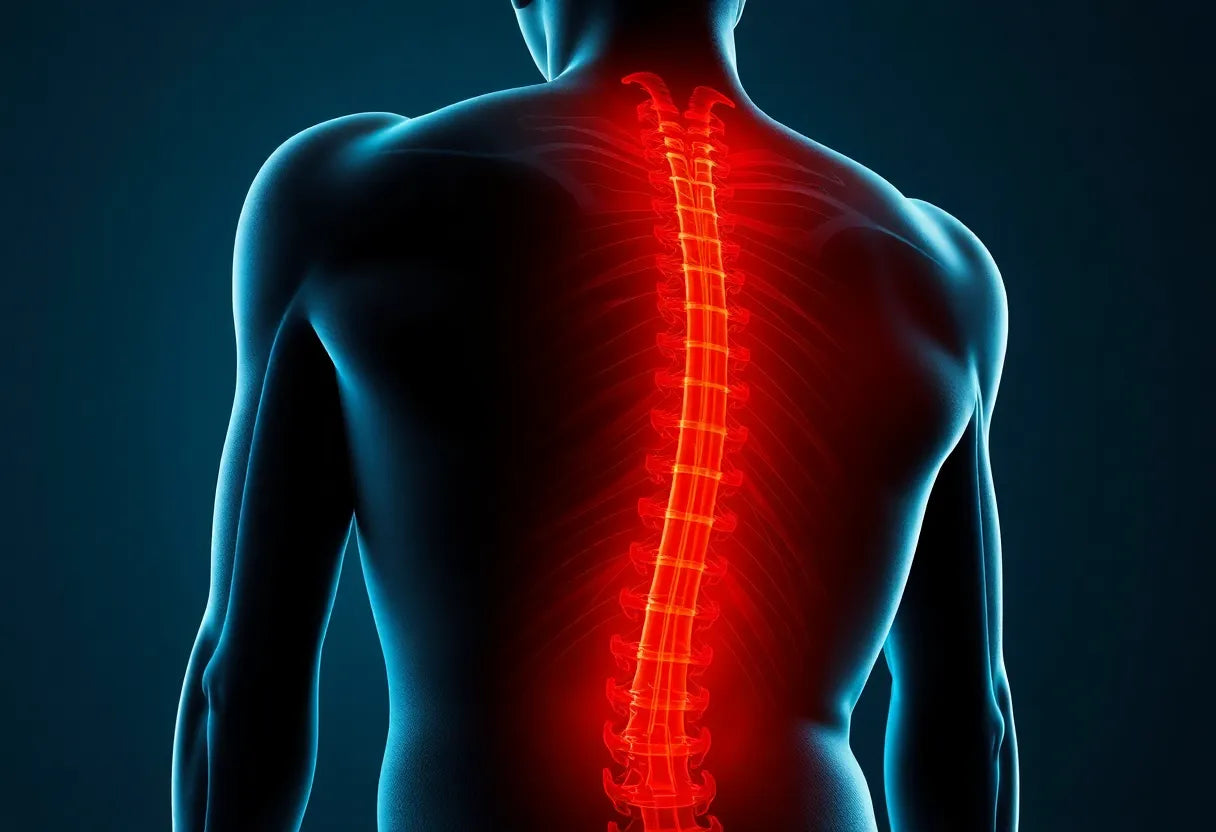Understanding sciatica pain is crucial for anyone experiencing discomfort in the lower back that radiates down the leg. Sciatica is often caused by irritation or compression of the sciatic nerve, which can be due to herniated discs, bone spurs, or even muscle inflammation. Symptoms typically include sharp pain, tingling, or numbness that follows the path of the sciatic nerve. Addressing sciatica through movement and exercise is essential, as it can help alleviate pain and improve overall mobility.
Engaging in gentle sciatica pain exercises can play a significant role in relieving this discomfort. These exercises are designed to target the muscles and structures surrounding the sciatic nerve, helping to relieve pressure and support the healing process. By incorporating both stretching and strengthening routines, individuals can not only find relief but also work towards preventing future occurrences. Stretching helps to increase flexibility and reduce tension, while strengthening exercises build support around the spine and core, providing better stability.

Lumbar support belt
Adjustable support to stabilize the lower back and relieve pain from sciatica, herniated discs, or tension.
Setting the stage for relief involves a mindful approach to exercise. It's important to approach these exercises with patience and care, especially if you're new to them or experiencing acute pain. Listening to your body is key; if any exercise increases your pain, it's crucial to stop and reassess. Avoid pushing through discomfort, as this can exacerbate the condition. Instead, focus on movements that feel beneficial and gradually build up your routine as your body adapts.
Incorporating gentle exercises into your routine can make a noticeable difference in managing sciatica pain. By focusing on targeted movements, you can work towards easing discomfort and enhancing your quality of life. Remember, consistency is key, and over time, these exercises can help you regain control over your symptoms and improve your overall well-being.
key sciatica pain exercises for relief
When it comes to managing sciatica pain, incorporating a consistent routine of targeted exercises can be transformative. These exercises not only aim to alleviate current discomfort but also work towards enhancing flexibility and strengthening key muscle groups to prevent future flare-ups. Below are some essential exercises that form a comprehensive routine for sciatica relief.
knee-to-chest stretch
The knee-to-chest stretch is a foundational exercise that helps relieve pressure on the sciatic nerve. To perform this exercise, lie on your back with your knees bent. Gently pull one knee toward your chest, holding the position for about 30 seconds before switching sides. This stretch is particularly effective in loosening the gluteal and piriformis muscles, which can often contribute to sciatic nerve irritation.
standing hamstring stretch
Another beneficial exercise is the standing hamstring stretch. Begin by placing one foot on an elevated surface, such as a step or low chair. Lean forward while keeping your back straight, and hold the stretch for 30 seconds on each side. This movement helps release tension from the hamstrings, a common source of sciatic pain, thereby reducing discomfort.
seated glute stretch
The seated glute stretch targets tightness in the gluteal muscles, which can exacerbate sciatic nerve irritation. Sit with your ankle over the opposite knee and gently lean forward, maintaining a straight back. This position helps to open up the hips and relieve tension in the glutes.
sitting spinal stretch
The sitting spinal stretch is designed to create space in the spine, reducing compression on the sciatic nerve. Sit with one leg extended and the other crossed over it. Twist your torso towards the bent knee and hold the position. This twist helps in realigning the spine and alleviating nerve pressure.
lying gluteal stretch (figure-four)
For those with limited mobility, the lying gluteal stretch, also known as the figure-four stretch, is a gentle yet effective option. Cross your ankle over the opposite knee and pull the thigh toward your chest. You can use a towel for assistance if needed. This stretch is excellent for loosening the gluteal muscles without putting too much strain on the body.
clamshell exercise
The clamshell exercise is a simple yet powerful movement to strengthen the core and hip muscles. Lie on your side with your knees bent and open your top knee while keeping your feet together. This exercise not only builds strength but also stabilizes the pelvis, which is crucial for supporting the lower back and reducing sciatic pain.
bird dog pose
Finally, the bird dog pose is a dynamic exercise that strengthens the core and stabilizes the lower back. Begin on your hands and knees, then extend the opposite arm and leg simultaneously. This movement promotes balance and coordination while reinforcing the muscles that support spinal health.
scientific evidence & therapy guidelines
Scientific research underscores the efficacy of gentle stretching and strengthening exercises in managing sciatica pain. Studies have shown that these exercises not only alleviate pain but also improve overall function and prevent recurrence of symptoms. It's important to note that the duration of an exercise program can influence its effectiveness. Programs lasting three weeks or less often yield noticeable improvements, while longer programs may see diminishing returns in terms of pain relief.
Physical therapy guidelines recommend starting with gentle movements and gradually increasing intensity. It's crucial to avoid exercises that exacerbate pain, ensuring that each movement is performed with proper form and attention to the body's signals. By adhering to these guidelines, individuals can safely and effectively manage their sciatica symptoms.
exercises to avoid for sciatica pain
While incorporating gentle exercises can significantly aid in relieving sciatica pain, it's equally important to be aware of activities that may exacerbate symptoms. Exercises involving rapid twisting, heavy lifting, or forward flexion from a standing position can increase pressure on the sciatic nerve, leading to heightened discomfort. It's crucial to avoid these movements, especially if you're experiencing acute pain, to prevent further irritation or injury.
trends and user intent
As more individuals seek relief from sciatica pain, the demand for safe and effective exercise routines continues to grow. Users often look for informational content that offers practical advice and safety tips. It's important to consult with healthcare providers before starting any new exercise regimen, particularly if you have underlying health conditions. This ensures that the exercises chosen are suitable for your specific needs and circumstances.
opportunities for anodyne
To support individuals in managing sciatica pain at home, Anodyne can offer downloadable guides or checklists that detail effective exercise routines. Additionally, ergonomic aids such as supportive cushions or chairs can complement these exercises, enhancing overall relief and comfort. By providing resources that integrate both exercise and ergonomic solutions, Anodyne can help users achieve a more comprehensive approach to managing sciatica pain.

37 exercises collected in the ultimate exercise book
A physiotherapist-developed e-book filled with effective exercises to improve mobility and relieve pain.
frequently asked questions
what is the best exercise for sciatica pain relief?
The best exercise for sciatica pain relief can vary depending on the individual. However, gentle stretches like the knee-to-chest stretch are commonly recommended for their effectiveness in relieving pressure on the sciatic nerve.
how often should I do these exercises?
It's advisable to start with these exercises a few times a week and gradually increase the frequency as your body adapts and tolerates the movements better. Consistency is key to achieving optimal results.
can these exercises cure sciatica?
While these exercises can significantly alleviate symptoms and reduce the likelihood of recurrence, they may not "cure" the underlying conditions causing sciatica. They are, however, an essential part of a comprehensive management plan.
when should I see a professional?
If your sciatica pain persists or worsens despite consistent exercise, it's important to consult a healthcare professional. They can provide a more tailored treatment plan and investigate any underlying issues that may require attention.
are there any risks associated with these exercises?
Proper form is crucial when performing these exercises to avoid injury. It's important not to push through pain; if an exercise causes discomfort, stop and reassess your technique. Always listen to your body and proceed with caution.
Kilder
- NHS. "Exercises for sciatica problems." NHS Live Well.
- OAH. "Sciatica Exercises." Orthopaedic Associates of Hartford.
- Harvard Health Publishing. "Sciatica: Gentle Stretches to Help Relieve Pain and Improve Mobility." Harvard Health.
- Hospital for Special Surgery. "Sciatica Stretches." HSS Health Library.
- American Family Physician. "Diagnosis and Treatment of Acute Low Back Pain." American Family Physician.
- National Center for Biotechnology Information. "Sciatica." NCBI Bookshelf.
- HSSH Health. "Sciatica Exercises: What Does the NHS Recommend?" HSSH Blog.
- Avid Sports Medicine. "Physical Therapy for Sciatica Treatment." Avid Sports Medicine.
- Mayo Clinic. "Sciatica: Diagnosis and Treatment." Mayo Clinic.


















